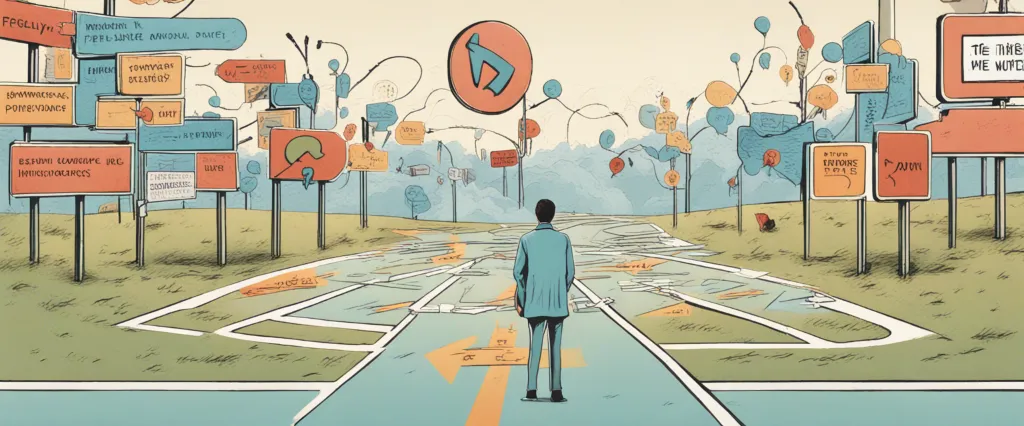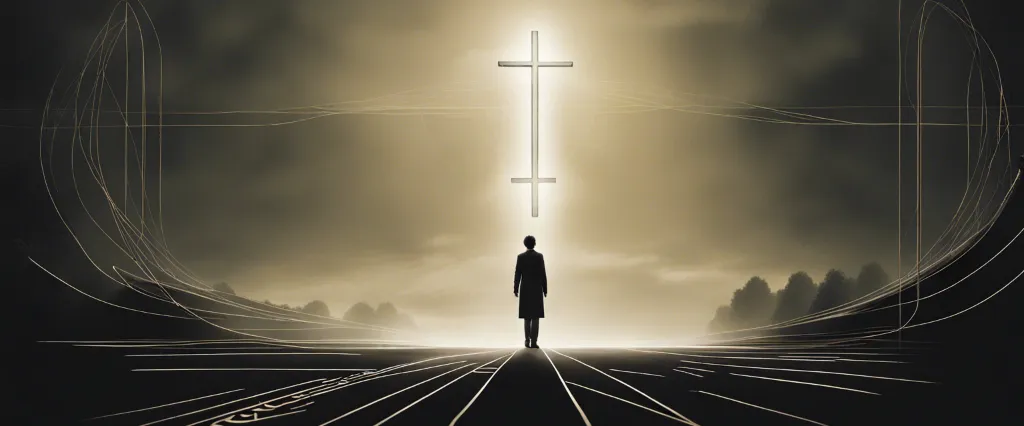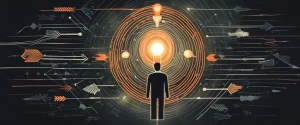——The Dark Side of the Light Chasers by Debbie Ford & The Source by Tara Swart by Tara Swart

In the realm of personal growth and self-discovery, there is an abundance of books offering us valuable insights and methods to navigate the complex depths of our psyche. Two such remarkable works that have captured the attention of readers seeking transformation are “The Dark Side of the Light Chasers” by Debbie Ford and “The Source” by Tara Swart. Both books delve into the realms of shadow work, meditative practices, and the exploration of our inner selves. While they share a common goal of empowering individuals to achieve personal enlightenment, their approaches and perspectives differ greatly. Through this comparative study, we embark on an exploration of these two transformative works to understand how Ford and Swart each provide unique insights and techniques to unlock the immense potential within us. By critically examining their content, methodologies, and core principles, we hope to uncover the nuances that set these books apart, shedding light on the paths they illuminate towards growth, healing, and self-realization. As we delve deep into the pages of “The Dark Side of the Light Chasers” and “The Source,” we invite readers to accompany us on this enlightening journey of self-discovery and transformation.
Brief Summary of Two Books
The Dark Side of the Light Chasers by Debbie Ford
“The Dark Side of the Light Chasers” by Debbie Ford is a self-help book that explores the concept of embracing and integrating our hidden or suppressed selves, commonly known as the “shadow”. It offers guidance on how to heal and reclaim the aspects of ourselves that we may have deemed undesirable, shameful, or denied.
Ford argues that everyone possesses both light and dark qualities, and often, the very traits we reject in others are the ones we have disowned within ourselves. She encourages readers to acknowledge their shadows and their positive attributes in order to achieve wholeness and personal growth.
The book is divided into four sections, each addressing crucial steps towards shadow integration. In the first part, Ford describes how seeking perfection and denying certain parts of ourselves creates a fragmented sense of identity. She emphasizes the need to accept and embrace both our positive and negative aspects, recognizing the valuable lessons they hold.
The second section focuses on identifying various archetypes within our shadows and understanding their role in influencing our behavior and relationships. Ford provides exercises and techniques to help readers explore their own shadows and gain insight into their motivations and patterns.
The third part delves deeper into the healing process by guiding readers through forgiveness and compassion for both themselves and others. Ford highlights the importance of owning our actions and choices, taking responsibility, and learning from past experiences.
Lastly, Ford encourages readers to integrate their shadows into their daily lives and relationships, emphasizing the transformative power of self-acceptance. By embracing their shadows, individuals can reclaim their authentic selves and experience newfound freedom, joy, and vitality.
“The Dark Side of the Light Chasers” offers readers a practical roadmap to self-discovery and acceptance, providing tools to illuminate and integrate the aspects of ourselves we often hide. Ultimately, the book encourages readers to transcend self-judgment and tap into their inherent potential.
The Source by Tara Swart by Tara Swart
“The Source” by Tara Swart is a self-help and personal development book that aims to guide individuals in tapping into their potential and achieving their goals. Dr. Tara Swart combines neuroscience, psychology, and mindfulness techniques to provide practical advice for transforming one’s mindset and unlocking personal growth.
The book delves into the concept of the brain’s plasticity and its ability to change and adapt throughout life. Dr. Swart emphasizes the power of positive thinking, affirmations, and visualization to rewire the brain and overcome limiting beliefs. She also explores the impact of nutrition, sleep, and exercise on brain function and offers recommendations for maintaining a healthy lifestyle.
In addition, “The Source” addresses the importance of managing stress and building resilience, with techniques such as mindfulness meditation and breathwork. Dr. Swart draws upon her experiences as a neuroscientist, executive coach, and medical doctor to provide practical exercises and tools to help readers develop a growth mindset and empower themselves to achieve success in various areas of life.
Overall, “The Source” by Tara Swart offers a comprehensive understanding of the mind-body connection and provides readers with the knowledge and techniques to harness their full potential and become the best version of themselves.
Comparison between Two Books

Similarities in Psychology
The Dark Side of the Light Chasers by Debbie Ford and The Source by Tara Swart are two books that explore the realm of psychology and personal growth. Despite their unique approaches and perspectives, there are several similarities between these books when it comes to psychology.
1. Shadow Work: Both books emphasize the concept of shadow work, which involves exploring and integrating one’s hidden or dark aspects. Debbie Ford coined the term “shadow” to represent the hidden parts of oneself that may contain repressed emotions, fears, or desires. Similarly, Tara Swart also emphasizes the importance of acknowledging and working with the shadow self to achieve personal growth.
2. Unconscious Programming: Both authors recognize the power of the unconscious mind in shaping our thoughts, behaviors, and emotions. They delve into the idea that many of our thoughts and behaviors are a result of deeply ingrained unconscious programming that can be explored and reshaped through various techniques and practices.
3. Self-Awareness: Both books emphasize the need for self-awareness as a fundamental aspect of personal growth and psychological well-being. They encourage readers to take a closer look at themselves, their patterns, and their beliefs to gain a deeper understanding of their thought processes and emotional reactions.
4. Inner Child Work: Both Debbie Ford and Tara Swart touch upon the concept of inner child work. They believe that healing and integrating one’s inner child is an essential step towards overall psychological well-being. By nurturing and understanding the wounded aspects of the inner child, individuals can find greater freedom, self-compassion, and emotional healing.
5. Mindset and Belief Systems: Both authors acknowledge the impact of mindset and belief systems on an individual’s psychology and personal growth. They stress the importance of identifying limiting beliefs and adopting empowering mindsets to overcome personal obstacles and achieve desired outcomes.
6. Integrative Approaches: Debbie Ford and Tara Swart both promote an integrative approach to psychology, combining various practices and techniques to facilitate personal growth and healing. They draw from multiple psychological theories, neuroscience, spirituality, and self-reflection exercises to offer a holistic approach to psychological well-being.
In conclusion, both The Dark Side of the Light Chasers by Debbie Ford and The Source by Tara Swart explore the realms of psychology, self-awareness, and personal growth. They share similarities such as focusing on shadow work, unconscious programming, self-awareness, inner child work, mindset and belief systems, as well as advocating for an integrative approach to psychology.
Divergences in Psychology
The Dark Side of the Light Chasers by Debbie Ford and The Source by Tara Swart are both insightful books that explore various aspects of personal growth and psychology. While they share some similarities in their approach to self-discovery, their divergences become apparent when delving into the specifics of their psychological frameworks.
In The Dark Side of the Light Chasers, Debbie Ford investigates the concept of the “shadow self” – the hidden, repressed aspects of our personalities that we often deny or feel ashamed of. Ford suggests that embracing and integrating these denied qualities is essential for true personal growth and transformation. Her book focuses on promoting self-acceptance and embracing the full spectrum of who we are, light and dark, to live a more authentic life.
On the other hand, The Source by Tara Swart emphasizes the power of neuroplasticity and neuroscience in shaping our thoughts, behavior, and beliefs. Swart combines scientific research with her expertise in neuroscience to guide readers towards rewiring their brains for success and happiness. She introduces techniques such as visualizations, affirmations, and positive self-talk to reprogram the mind and cultivate a growth mindset.
One of the key divergences between these books lies in their approaches to psychology. The Dark Side of the Light Chasers focuses more on deep self-reflection and emotional exploration, encouraging individuals to confront their shadow aspects and societal conditioning. Ford believes that by acknowledging and integrating these darker parts of ourselves, we can heal and transform our lives.
Conversely, The Source takes a more scientific and cognitive approach to psychology. Swart delves into the depths of the brain and its neural pathways, offering tangible strategies to rewire and shape our minds. She highlights the importance of conscious intention, mental rehearsal, and the rewiring of neural connections to achieve desired outcomes.
Another divergence lies in the tone and writing style of the books. The Dark Side of the Light Chasers is more introspective, embodying a compassionate and supportive tone throughout. Ford creates a safe space for readers to explore their shadow selves and provides guidance for self-acceptance. In contrast, The Source adopts a more direct and instructional approach, presenting scientific theories and practical exercises in an educational manner. Swart encourages readers to actively engage with her techniques in order to transform their lives.
In summary, while both The Dark Side of the Light Chasers and The Source delve into psychological concepts and personal growth, they differ in their psychological frameworks and approaches. Ford’s book emphasizes self-acceptance and the integration of shadow aspects, while Swart’s book focuses on the power of neuroplasticity and mindfulness to rewire the brain. Ultimately, readers can choose the book that resonates most with their own psychological needs and preferences.

Conclusion
“The Dark Side of the Light Chasers” by Debbie Ford is a self-help book that explores the concept of embracing our “shadow side.” It encourages readers to fully accept and integrate all aspects of themselves, including their perceived negative qualities, in order to achieve personal growth and self-acceptance.
“The Source” by Tara Swart is a book that combines neuroscience, mindfulness, and ancient wisdom to offer practical advice for achieving success and well-being. It explores the power of the brain and provides techniques for developing a positive mindset, managing stress, and enhancing creativity.
Both books offer valuable insights and have received positive reviews. It ultimately depends on your personal interests and what you are looking to gain from a self-help book. You may want to consider reading reviews or summaries of both books to determine which one aligns more with your goals and preferences.


